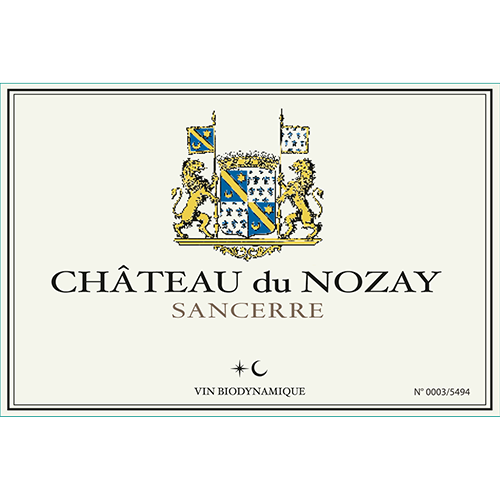
Domaine du Nozay
Château du Nozay
Coming from the small climat of Le Paradis in Sancerre, the vines are grown in Kimmeridgian marls - more calcareous on top of the slope and more clay at the bottom, at 240 meters high with a northeast facing slope. The grapes come only from the plot that bears the same name.
The famous terroir of Sancerre, known as “Terres Blanches” (white lands), promotes self-defense and good health for the vine. The 29 year old vines are planted on a Northeast facing slope at 224 meters in elevation. Pruning, disbudding, and training techniques are used to create a favorable micro-climate. The soil is managed for the benefit of the biomass and the vine. The Domaine also experiments with sonic stimulation in the vineyards. Speaker towers emit tonal sequences throughout the day to enhance sap circulation and overall plant health.
- Region
- Loire Valley
- Appellation
- Loire
- Sub-Appellation
- Sancerre AOP
- Varietal Composition
- Sauvignon Blanc
- Aging
- 7 months exclusively in stainless steel tanks.
- Alcohol
- 12.7%
Le Paradis expresses the freshness and liveliness of its terroir. It is Paradise that you have in your mouth. It presents a perfectly fragrant nose with floral notes, citrus, candied orange, spice and a nice roundness , endowed with great elegance and a beautiful length. On the palate we find a great mineral concentration of the Sauvignon with notes of exotic fruits and majestic acidity.
Wine Spectator
90 Points
2022
"Warm spiced apple, sun tea and ginger notes mark this version, which starts off open-knit and is quickly laced up with lemony acidity. There's a savory feel to the salty mineral and dried herb elements, with white grapefruit pithiness and a hint of salted, toasted brioche on the nervy, lithe finish."
— Kristen Bieler, 2024




